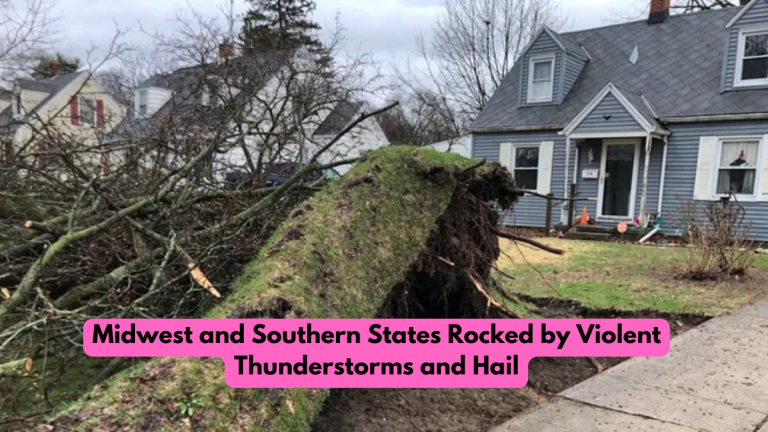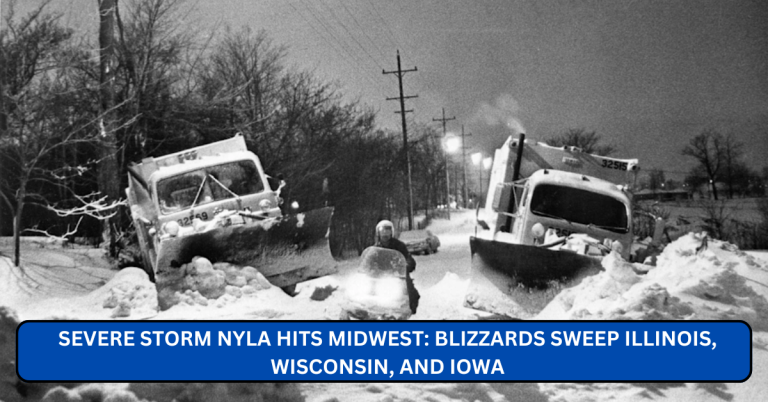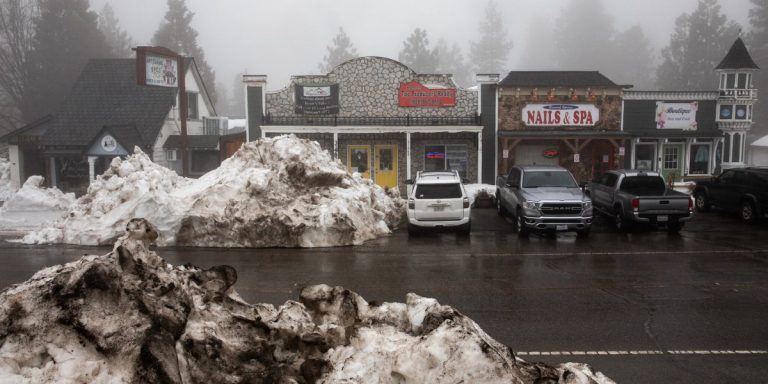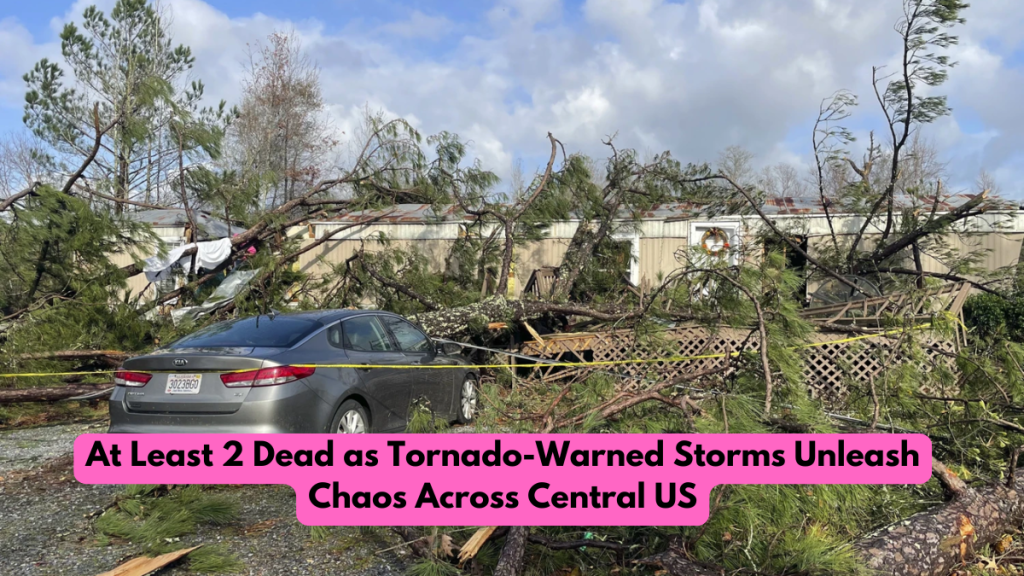
Severe storms ripped through the central United States over the weekend, leaving at least five people dead, including three children, and causing widespread damage and power outages across multiple states. The violent weather, marked by tornado warnings, large hail, and destructive winds, is now moving eastward, threatening more regions along its path.
Multiple Fatalities Across States
The National Weather Service (NWS) had issued multiple tornado watches and warnings on Saturday and Sunday as the storm system barreled through the Midwest and South. Among the confirmed fatalities:
- Indiana: A 34-year-old truck driver was killed in Porter County after strong winds overturned his tractor-trailer. Authorities confirmed that intense wind gusts exceeding 70 mph were reported in the area.
- Oklahoma: A man died after a tree collapsed on a trailer he was camping in near Cherokee County. Emergency responders were unable to revive him at the scene.
- Michigan: Tragedy struck in Kalamazoo when a tree fell onto a vehicle during a storm, killing three children—a 2-year-old girl, her 4-year-old brother, and their 11-year-old cousin.
According to AP News, these fatalities underscore the severity of the weekend’s weather system, which brought chaos to several states in a matter of hours.
Widespread Power Outages
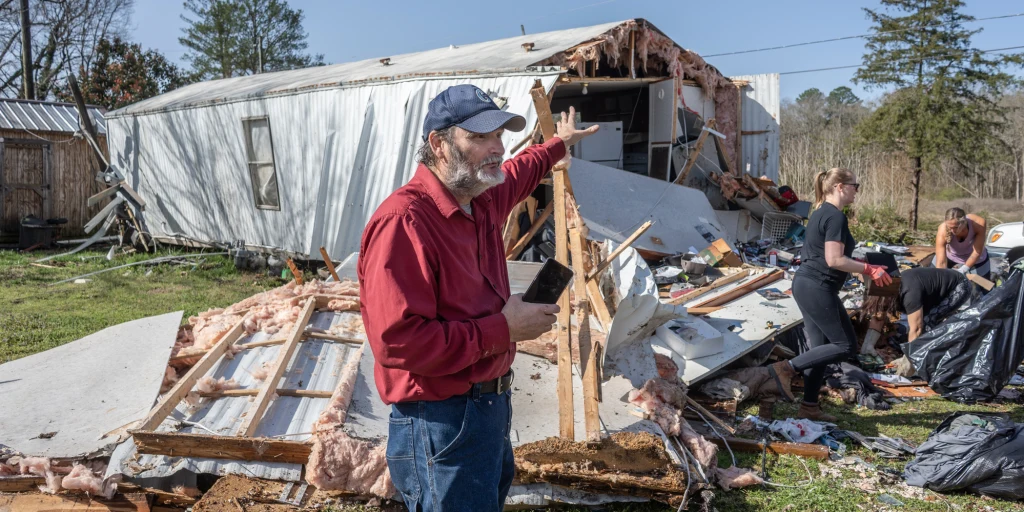
High winds and falling trees left hundreds of thousands without electricity across the Midwest. Utility companies worked around the clock to restore service, but many outages persisted into Monday morning.
As of the latest reports:
- Michigan: Over 320,000 customers were left without power.
- Wisconsin: Nearly 60,000 outages were recorded.
- Indiana: Around 50,000 homes and businesses lost electricity.
- Louisiana and Mississippi: A combined 37,000 outages reported.
- Ontario, Canada: More than 370,000 customers faced outages due to the same storm system.
Real-time outage maps can be tracked via PowerOutage.us, which monitors outages nationwide.
Storm Forecast: Threat Shifts East
The powerful system has begun pushing eastward, with meteorologists warning residents from the Southeast to the Mid-Atlantic and New England to remain alert. According to the National Weather Service, the following weather threats remain in place:
- Damaging Winds: Gusts over 70 mph are still possible in affected areas.
- Tornadoes: Tornado risk continues in states including North Carolina, Maryland, and parts of Pennsylvania.
- Flash Flooding: Heavy rainfall could lead to localized flooding in the Southeast and Mid-Atlantic regions.
- Hail: Large hailstones have been reported and remain a concern through Monday night.
The NWS encourages residents in affected regions to stay tuned to local weather alerts and have emergency plans ready. Tornado and storm safety resources are available through Ready.gov.
Emergency Response and Safety Tips
Authorities are urging residents in storm-prone areas to prioritize safety and follow emergency protocols. Here are some essential guidelines:
- Seek Shelter: During tornado warnings, move to an interior room on the lowest floor of your home, away from windows.
- Prepare an Emergency Kit: Include bottled water, non-perishable food, flashlights, batteries, first aid supplies, and important documents.
- Monitor Alerts: Stay connected to weather apps, NOAA weather radio, or local broadcasts for real-time updates.
For disaster preparedness resources, visit the Federal Emergency Management Agency (FEMA) website.
Climate Patterns and Storm Frequency
While spring storms are not uncommon across the U.S., experts are noting an increase in storm intensity and unpredictability. Tornado activity in March has risen sharply over the past decade, with climate variability cited as a potential contributing factor.
NOAA’s Storm Prediction Center tracks severe weather trends and provides public education on storm safety at spc.noaa.gov.
Recovery Underway, But Risks Remain
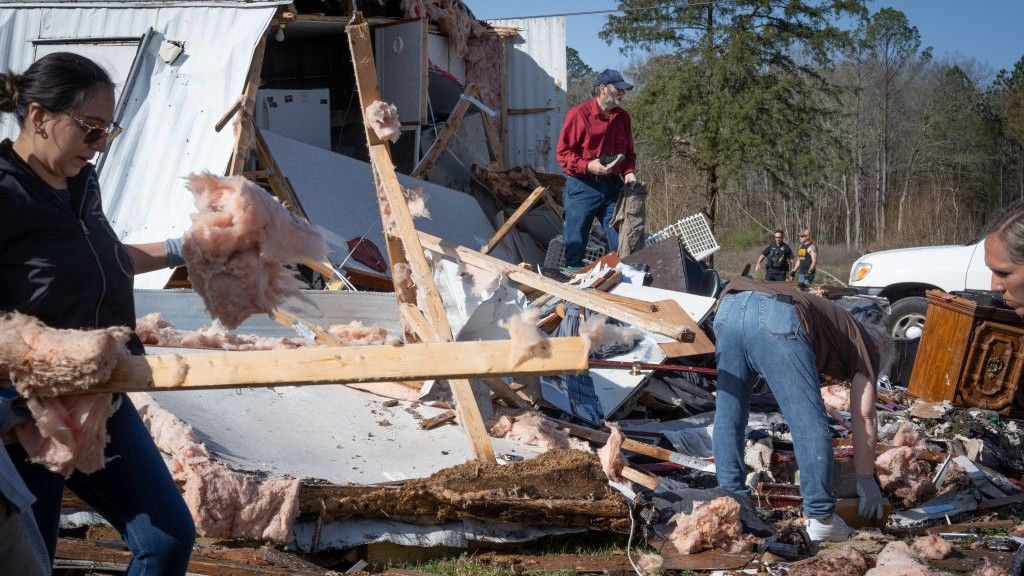
While the worst of the weekend storm has passed for much of the Midwest, recovery efforts are ongoing. Power crews, emergency responders, and state officials continue to assess the damage and aid displaced residents.
In Michigan, local agencies are coordinating tree removal and road clearance operations. In Indiana, officials are inspecting infrastructure damage and issuing public advisories.
State emergency management departments are urging residents to report damage and remain indoors where hazards such as downed power lines and unstable structures may still pose risks.
You can check the status of local emergency declarations and resources at your state’s official emergency management website, such as:
- Michigan State Police – Emergency Management
- Indiana Department of Homeland Security
- Oklahoma Emergency Management
Final Note
As the system moves into more densely populated areas, residents from North Carolina to Pennsylvania are encouraged to remain vigilant. Authorities are warning that additional severe weather could develop through Monday night and into early Tuesday.
Stay informed, stay safe, and check on neighbors—especially the elderly and vulnerable—as this dangerous weather system continues its path.

